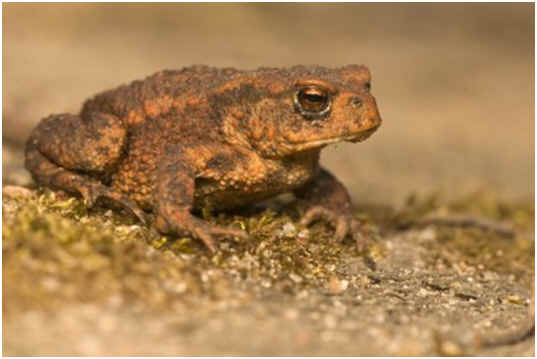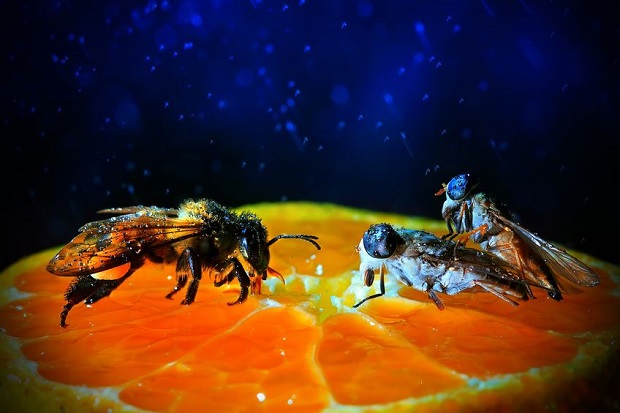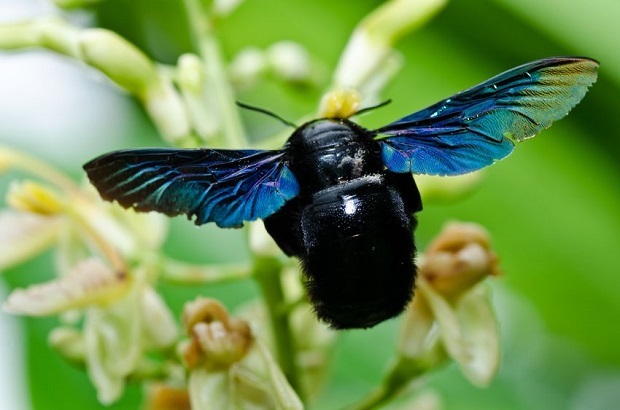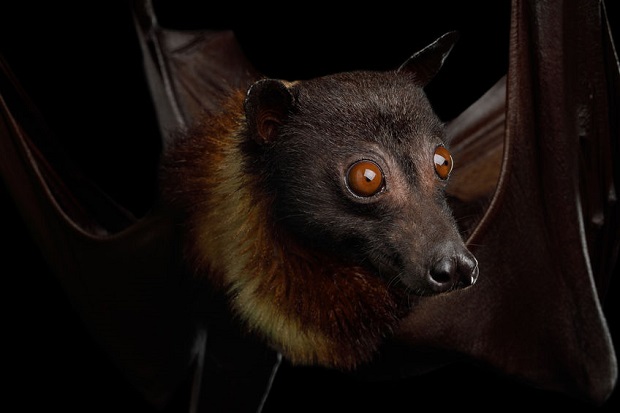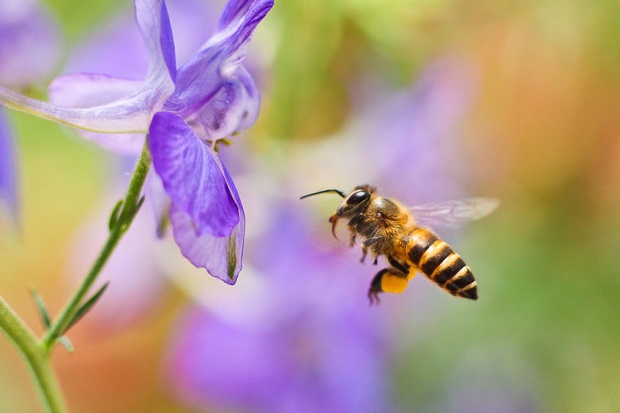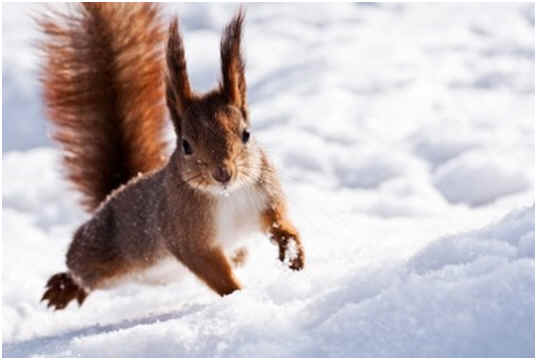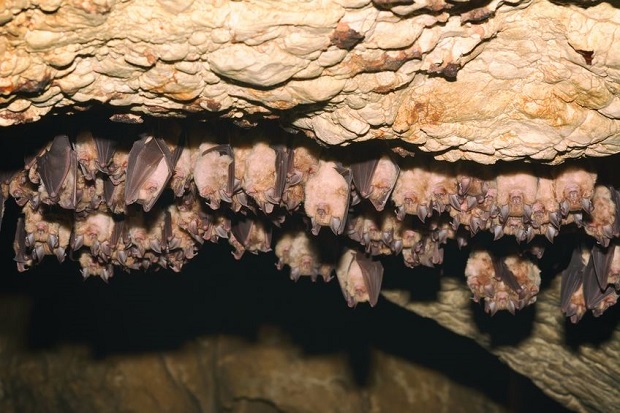
Do Bats Hibernate?
Depending on the species, some bats hibernate in the winter while others migrate. In colder regions, some bats choose to hibernate when the weather turns cold, choosing high humidity sheltered spots such as caves, houses, or barns. Others will migrate to warmer regions. For example, of the eight bat species known to the state of New Hampshire, five hibernate for the winter.
How Do Bats Hibernate?
Like other mammals that hibernate, the bat enters a dormant state where its body’s metabolism slows down significantly. Its body temperature lowers considerably, and its heart rate can decrease from 1,300 beats per minute needed for the flight to as low as 20 beats per minute. With a significant metabolism decrease, the bat can rely on its fat reserves to survive if its food source is unavailable in the colder months.
Where Do Bats Hibernate When It Grows Cold?
The spot in which bats choose to hibernate is called hibernacula.
For bats to hibernate successfully, they require high humidity and consistently cool temperatures above freezing. The exact temperature necessary for hibernation varies among species. They usually hibernate in dense clusters. For many bats, caves and abandoned mines are suitable for use as hibernacula. If not available, any shelter that meets the right conditions may be used.
What Happens If Hibernating Bats Are Disturbed?
A bat that is hibernating successfully without being disturbed will lose one-quarter to one-half of its body weight in the five to six-month hibernation state. Because arousal means more energy is expended when there are no available food sources, unnecessary arousal can result in death.
A group of researchers from the University of Sherbrooke, Canada, discovered that little brown bats disturbed during their hibernating period require 107.9 mg of fat for arousal from the homeothermic stage and even more if it flies. This fat consumption would be needed each time the bat is aroused. Because bats are generally known to arouse naturally to eliminate waste and adjust body temperature, too many unexpected arousals could adversely affect the bat’s survival depending on its size since there are generally no available food sources at the time of the bat’s hibernation.
WNS-A Serious Problem for Hibernating Bats
A new, serious disease has emerged, affecting hibernating bats that may threaten their very survival. White-nose syndrome, named for the white fungus that infects hibernating bats, has already claimed the lives of millions of bats in 25 states and 5 Canadian provinces. The white fungus, which is sometimes visible on the muzzles of infected bats, causes abnormal behavior such as winter flights, which, as stated above, can deplete the bats’ fat stores before food is available. According to the US Geological Survey, the 2014 estimates of bat population declines in the northeastern US are approximately 80%. “This sudden and widespread mortality associated with WNS is unprecedented in hibernating bats,” reports the USGS.
Glossary
Hibernacula: a shelter occupied during the winter by a dormant animal
Merriam-Webster Dictionary
Homeothermic: is thermoregulation that maintains a stable internal body temperature regardless of external influence. This temperature is often, though not necessarily, higher than the immediate environment.
Wikipedia
Metabolism: the chemical processes that occur within a living organism in order to maintain life.
Pseudogymnoascus destructans: The name of the white fungus responsible for White-nose syndrome in bats.
Expert Opinion
“The true ecological consequences of large-scale population reductions currently under way among hibernating bats are not yet known. However, farmers might feel the impact. In temperate regions, bats are primary consumers of insects, and a recent economic analysis indicated that insect suppression services (ecosystem services) provided by bats to U.S. agriculture is valued between 4 to 50 billion dollars per year.”
White Nose Syndrome (WNS) US Geological Survey
Resources
- “Encyclopedia Smithsonian: Bat Facts.” Smithsonian. N.p., n.d. Web. 18 Oct. 2011. http://www.si.edu/Encyclopedia_SI/nmnh/batfacts.htm
- Kunz, Dr. Thomas H., and Boston University. “Bat Facts and Folklore » Center for Ecology and Conservation Biology » Boston University.” Boston University. N.p., n.d. Web. 18 Oct. 2011. <http://www.bu.edu/cecb/bats/bat-facts-and-folklore/#Hibernation>.
- “Bats in and Around Structures.” Publication: NebGuide. University of Nebraska Lincoln. Web. 3 Nov. 2014. <http://www.ianrpubs.unl.edu/pages/publicationD.jsp?publicationId=654>
- “White-Nose Syndrome (WNS).” USGS National Wildlife Health Center -. Web. 3 Nov. 2014. <http://extension.psu.edu/natural-resources/wildlife/wildlife-nuisance-and-damage/bats/a-homeowners-guide-to-northeastern-bats-and-bat-problems>
- Thomas, D; Cloutier, D; Gagne, D. Arrhythmic Breathing, Apnea, and Non-Steady State Oxygen Uptake In Hibernating Little Brown Bats (Myotis Lucifugus). Journal of Experimental Biology. 149, pp.395-406. 1990. print
